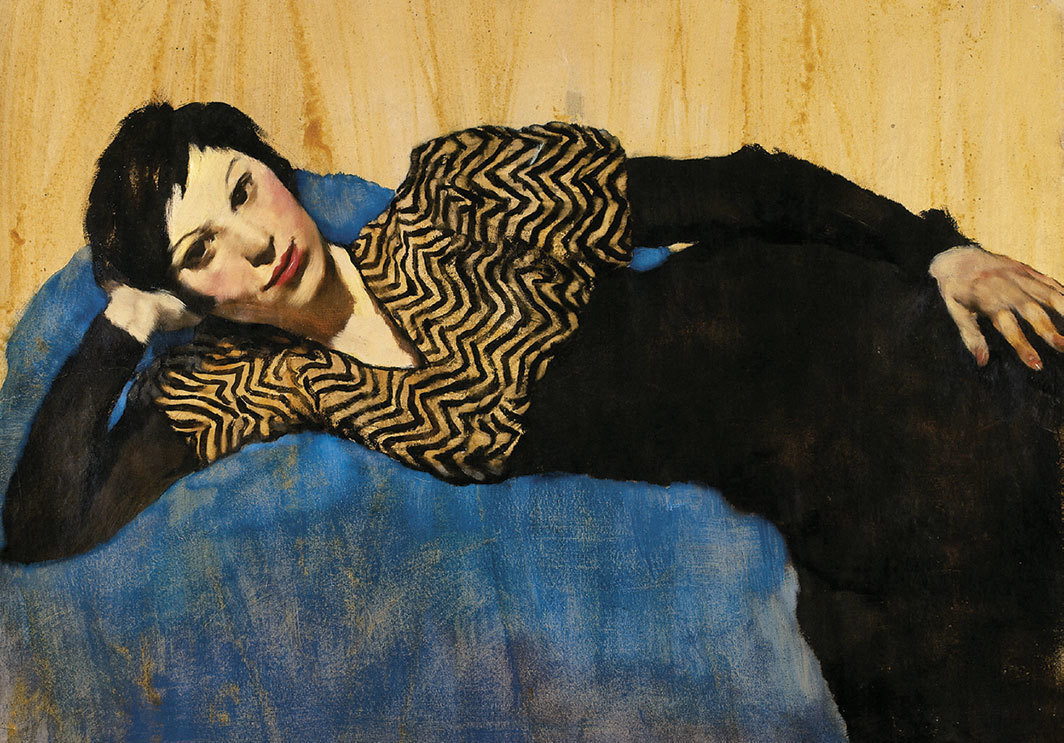Loudermilk: Or, The Real Poet; Or, The Origin of the World by Lucy Ives
In Lucy Ives’s second novel, Loudermilk, a charismatic dumbass scams his way into a prestigious MFA poetry program by submitting the work of his antisocial companion. The real writer, who hates the sound of his own voice, follows the oversexed, symmetrically featured dumbass to school and continues to write for him. It’s a fun setup, but the book aims for more than just comedy. Ives, who once described herself as “the author of some kind of thinking about writing,” examines the conditions that produce authors and their work while never losing a sense of wonder at the sheer mystery of the written








